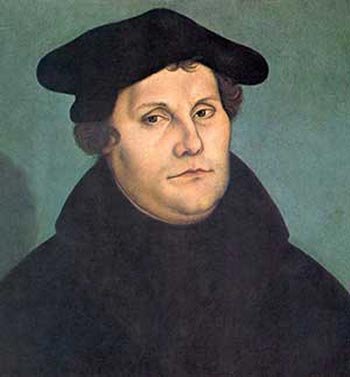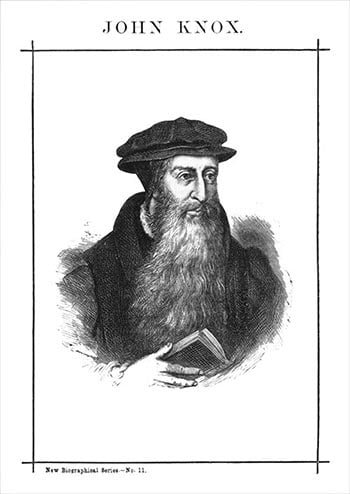16th Century Revivalists

Martin Luther
16th Century Revivalists
These are difficult to find, as the century was not a century of revival, rather it was a century of preparation for revival.
It laid the essential building blocks for revival: the availability of the Bible which is the supreme source of authority for both faith and life, the public preaching of God’s word, exposing the errors of ritualist religion with the Word of God, promoting justification by faith, and proclaiming the priesthood of all believers, who have access to God directly apart from any human intermediaries.
We have listed here the major players of this 16th Century ‘Preparation for Revival’ Drama.
Desiderius Erasmus published his Greek Scriptures in 1516. Influenced by Erasmus, Martin Luther’s German Bible was published in 1522 and William Tyndale, an early English Reformer, first published his (incomplete) translation of the Bible into English in 1525 followed by a complete edition of the New Testament in 1526.
Jan Hus (sometimes anglicized as John Huss) was a Czech theologian and philosopher who became a church reformer and a key predecessor to Protestantism. Though he came after John Wycliffe, the theorist of ecclesiastical reform, and before Luther, Calvin, and Zwingli, he was a seminal figure in the Bohemian (Czech Republic today) Reformation.
He preached key Reformation themes a century before Luther drew up his 95 and, when discovered, he became a hero to Luther and many other Reformers, because of his teachings and his steadfast commitment to Biblical truth in the face of the church’s cunning brutality.
16th Century Revivalists – Reformation
The Protestant Reformation began in 1517 when Martin Luther published his “95 Theses” and the Swiss Reformation followed with the sermons of Ulrich Zwingli in 1519.
Hugh Latimer, an early English reformer preached reformed teachings in 1525-1539, sometimes in the open-air, to as many as 6,000 people at a time. He advanced the cause of the Reformation in England through his vigorous preaching.
John Calvin, a French Protestant was a comparative late-comer to Reformation history. Though he had no hand in initiating the Reformation, by 1580 – only sixteen years after his death – the world had been more deeply influenced by his thought than his predecessor. His influence in “religion, theology, politics, sociology and economics goes far beyond that of any other reformer” (TCOGP , Vol. II, p. 134).

John Knox
In the early 1540’s, John Knox came under the influence of converted reformers, and under the preaching of Thomas Guilliame, he joined them. Knox then became a bodyguard for the fiery Protestant preacher George Wishart, who was speaking throughout Scotland. Persecution forced him to flee to England, where he grew in his preaching power.
He made his way to Geneva, where he met John Calvin. He returned to Scotland in 1555 in response to a group that came to be called “The Lords of the Congregation” who vowed to make Protestantism the religion of the land. Knox spent nine months preaching extensively and persuasively in Scotland before he was forced to return to Geneva, returning to Scotland in 1559 where he again deployed his formidable preaching skills to increase Protestant militancy.
John Welch was used in a great revival in 1590-1606 at Ayr, Scotland, and in 1596 John Davidson saw a great move of the Spirit at a meeting of the General Assembly of the Church of Scotland.
For further research:
History of the Reformation – J. H. Merle D’Aubigne – Free download



